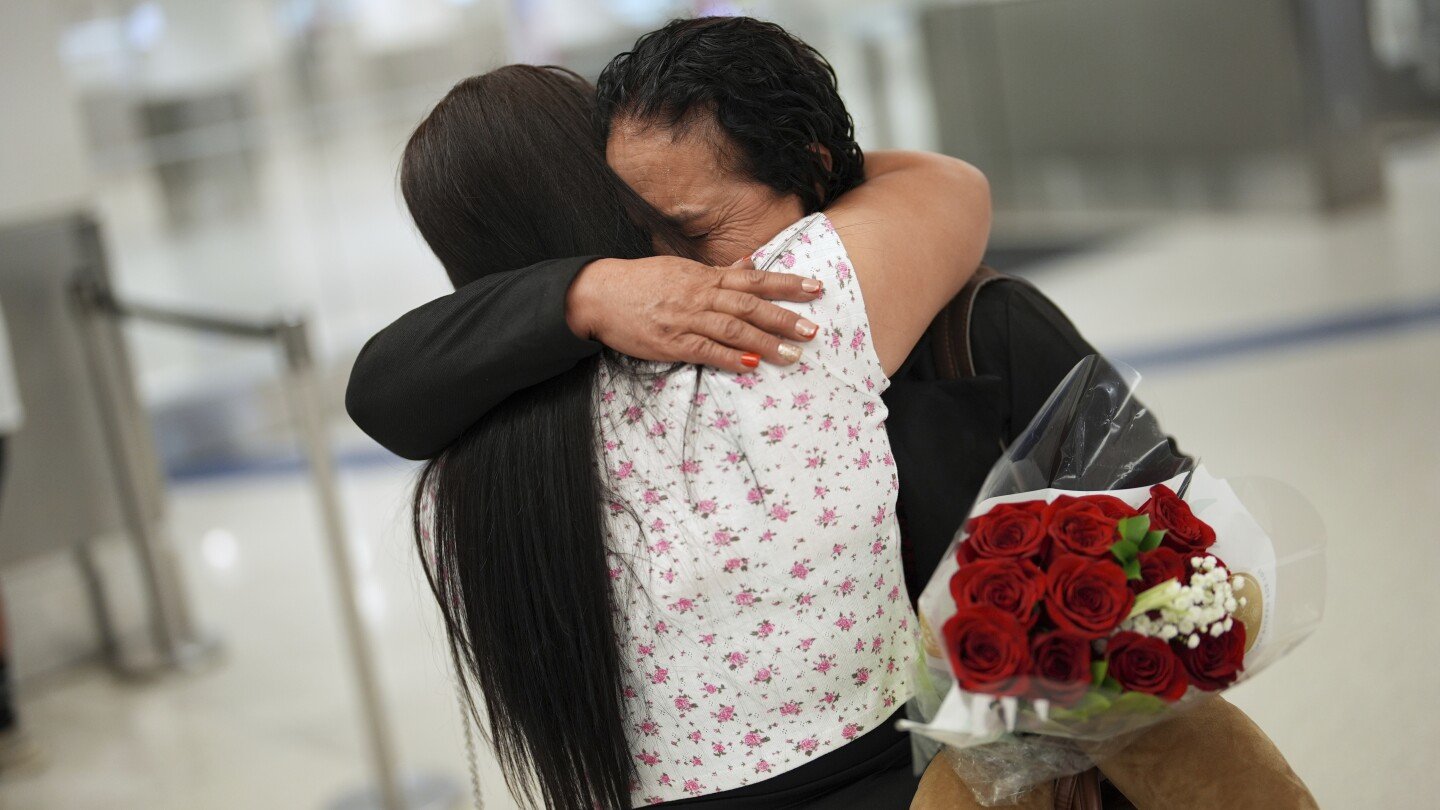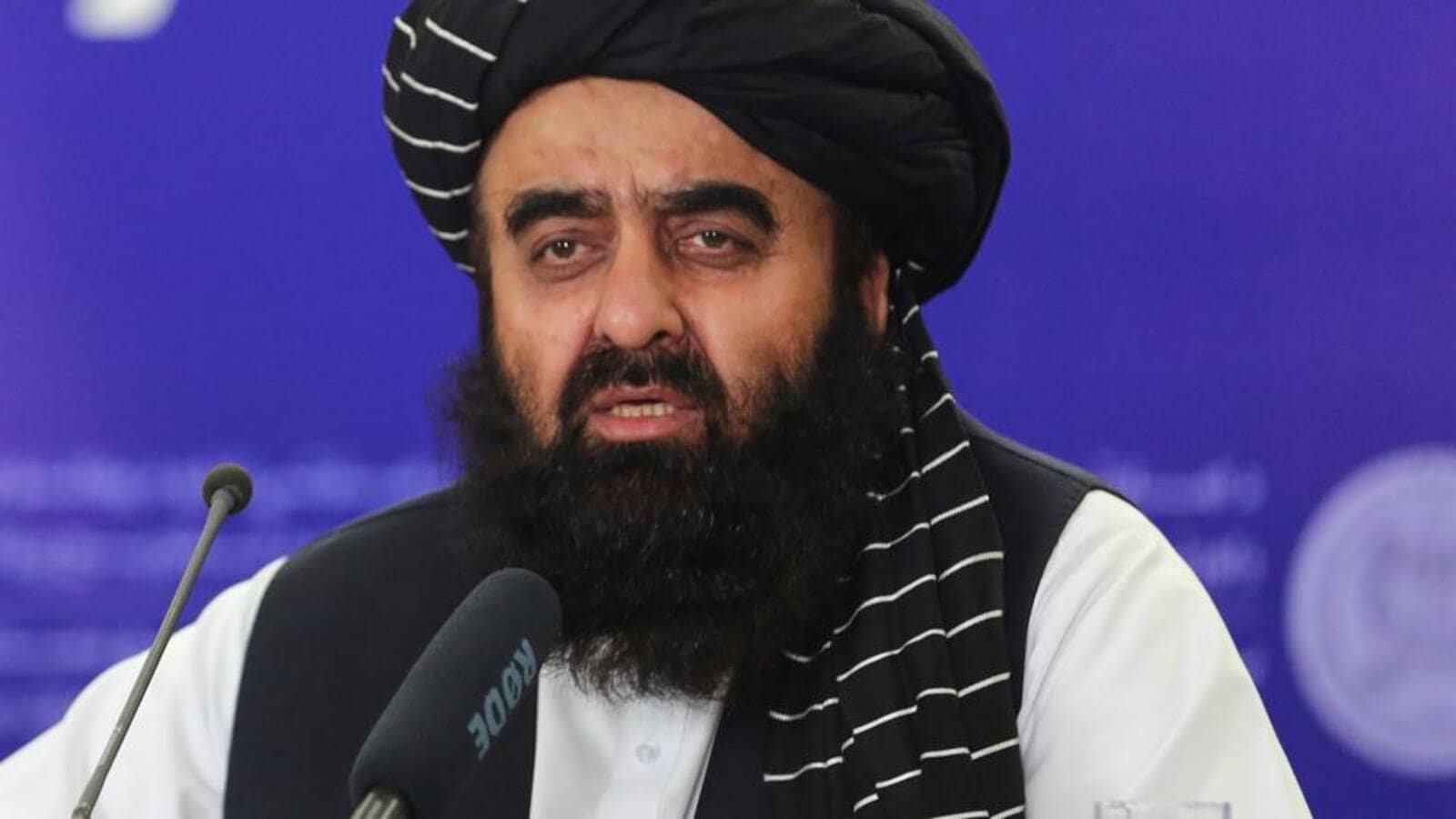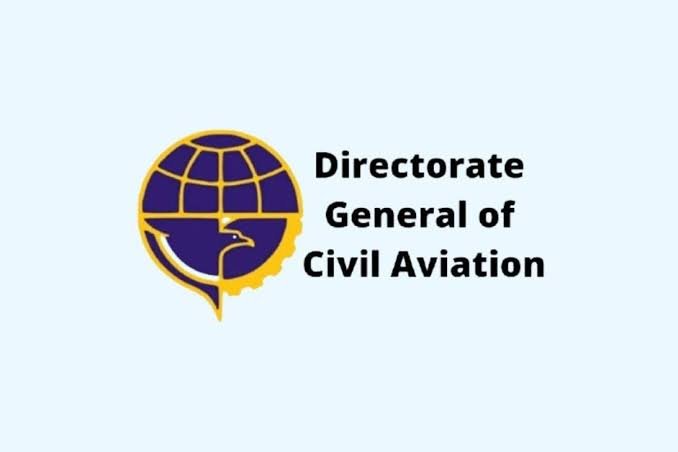Travel Guides & Articles
Trump’s new travel ban takes effect

MIAMI (AP) — President Donald Trump’s new ban on travel to the U.S. by citizens from a dozen countries took effect Monday with relative calm, as some travelers with valid visas reported extra scrutiny at American airports before being allowed entry.
The ban targeting mainly African and Middle Eastern countries kicked in amid rising tension over the president’s escalating campaign of immigration enforcement. But it arrived with no immediate signs of the chaos that unfolded at airports across the U.S. during Trump’s first travel ban in 2017.
Vincenta Aguilar said she was anxious Monday as she and her husband, both Guatemalan citizens, were subjected to three different interviews by U.S. officials after arriving at Miami International Airport and showing tourist visas the couple received last week.
“They asked us where we work, how many children we have, if we have had any problems with the law, how we are going to afford the cost of this travel, how many days we will stay here,” said Aguilar, who along with her husband was visiting their son for the first time since he left Guatemala 22 years ago.
She said they were released about an hour after their flight landed, greeting their waiting family members in Florida with tears of relief. Guatemala is not among the countries included in the new ban or flagged for extra travel restrictions.
Trump’s new ban shouldn’t revoke previously issued visas
The new proclamation that Trump signed last week applies to citizens of Afghanistan, Myanmar, Chad, the Republic of Congo, Equatorial Guinea, Eritrea, Haiti, Iran, Libya, Somalia, Sudan and Yemen. It also imposes heightened restrictions on people from Burundi, Cuba, Laos, Sierra Leone, Togo, Turkmenistan and Venezuela who are outside the U.S. and don’t hold a valid visa.
The new ban does not revoke visas previously issued to people from countries on the list, according to guidance issued Friday to all U.S. diplomatic missions. However, unless an applicant meets narrow criteria for an exemption to the ban, his or her application will be rejected starting Monday. Travelers with previously issued visas should still be able to enter the U.S. even after the ban takes effect.
Narayana Lamy, a Haitian citizen who works for his home country’s government, said he was told to wait after showing his passport and tourist visa Monday at the Miami airport while a U.S. official confirmed by phone that he was allowed into the country to visit family members.
Luis Hernandez, a Cuban citizen and green card holder who has lived in the U.S. for three years, said he had no problems returning Monday to Miami after a weekend visiting family in Cuba.
“They did not ask me anything,” Hernandez said. “I only showed my residency card.”
Ban appears to avoid chaos that followed Trump’s first-term attempt
During Trump’s first term, a hastily written executive order ordering the denial of entry to citizens of mainly Muslim countries created chaos at numerous airports and other ports of entry, prompting successful legal challenges and major revisions to the policy.
Many immigration experts say the new ban is more carefully crafted and appears designed to beat court challenges that hampered the first by focusing on the visa application process.
Trump said this time that some countries had “deficient” screening for passports and other public documents or have historically refused to take back their own citizens. He relied extensively on an annual Homeland Security report of people who remain in the U.S. after their visas expired.
Trump also tied the new ban to a terrorist attack in Boulder, Colorado, saying it underscored the dangers posed by some visitors who overstay visas. U.S. officials say the man charged in the attack overstayed a tourist visa. He is from Egypt, which isn’t on Trump’s restricted list.
Critics say travel ban sows division
The ban was quickly denounced by groups that provide aid and resettlement help to refugees.
“This policy is not about national security — it is about sowing division and vilifying communities that are seeking safety and opportunity in the United States,” said Abby Maxman, president of Oxfam America, a nonprofit international relief organization.
Haiti’s transitional presidential council said in a statement that the ban “is likely to indiscriminately affect all Haitians” and that it hopes to persuade the U.S. to drop Haiti from the list of banned countries.
In Venezuela, some visa holders changed U.S. travel plans last week to get ahead of Trump’s restrictions. For those without visas, the new restrictions may not matter much. Since Venezuela and the U.S. severed diplomatic relations in 2019, Venezuelans have had to travel to neighboring South American countries to obtain U.S. visas.
José Luis Vegas, a tech worker in the Venezuelan capital of Caracas, said his uncle gave up on renewing an expired U.S. visa because it was already difficult before the restrictions.
“Paying for hotels and tickets was very expensive, and appointments took up to a year,” Vegas said.
___
AP journalists Regina Garcia Cano in Caracas, Venezuela, Dánica Coto in San Juan, Puerto Rico, and Evens Sanon in Port-au-Prince, Haiti, contributed to this story.
Travel Guides & Articles
Taliban minister planned India visit; Pak-led UN panel rejects travel ban waiver

NEW DELHI: Taliban foreign minister Amir Khan Muttaqi called off a planned visit to India this month after failing to secure a waiver to a travel ban imposed under UN Security Council sanctions, people familiar with the matter said.
If the visit had gone ahead, Muttaqi would have been the first minister from the Taliban setup in Kabul to travel to India since the group seized power in Afghanistan after the collapse of the Ashraf Ghani government in August 2021. All Taliban leaders sanctioned by the UN Security Council have to secure a waiver for foreign travel.
Pakistan currently heads the 1988 sanctions committee of the UN Security Council that oversees the implementation of the travel ban, an assets freeze, and an arms embargo related to sanctioned Taliban leaders, and the people cited above said on condition of anonymity that Islamabad is believed to have been behind the move to deny Muttaqi a waiver.
Also Read: Trump says India, Russia ‘lost’ to ‘darkest China’. New Delhi says no comments
The 1988 sanctions committee includes all 15 members of the Security Council, and a waiver can be blocked if even one member objects to it. Muttaqi’s planned visit to Pakistan last month was called off after the US reportedly objected to a waiver.
When external affairs ministry spokesperson Randhir Jaiswal was asked at a weekly media briefing about reports of Muttaqi’s planned visit to India, he replied: “As you are aware, we have longstanding ties with the people of Afghanistan. India continues to support the aspirations and developmental needs of the Afghan people.
“We continue to have engagements with Afghan authorities. If there is an update on this account, we will share it with you.”
The people said a waiver for Muttaqi was sought from the 1988 sanctions committee but it wasn’t granted. The planned visit to India was being seen as a follow-up to a phone call between Muttaqi and external affairs minister S Jaishankar in May – the first such interaction between the two sides.
Also Read: India will ‘undoubtedly’ keep buying Russian oil, says Nirmala Sitharaman
The phone conversation also built on a meeting between Muttaqi and foreign secretary Vikram Misri in Dubai in January and came against the backdrop of tensions between India and Pakistan. The Taliban had also condemned the Pahalgam terror attack in April.
India has quietly built up its contacts with the Taliban leadership in recent years, mainly to protect regional interests at a time when China has sought to expand its footprint in Afghanistan, and Muttaqi and Jaishankar had spoken on the phone again on September 1 after New Delhi dispatched relief materials to help the victims of a devastating earthquake that struck the Afghan province of Kunar.
The people said that Muttaqi’s visit had only been called off, and it is expected to go ahead in the coming months once the issue of the waiver on the travel ban is addressed.
Travel Guides & Articles
North East Aviation summit boosts regional growth

The Ministry of Civil Aviation organised the North East Region Ministers’ Conference on Civil Aviation 2025 and the 3rd North East Aviation Summit in Itanagar, Arunachal Pradesh. The event brought together key leaders including Shri Pema Khandu, Chief Minister of Arunachal Pradesh, as Chief Guest, and Shri Rammohan Naidu, Union Minister for Civil Aviation, as Guest of Honour. Senior ministers from Mizoram, Sikkim, and Assam also participated, reflecting the collective importance given to aviation-led development in the region.
In his inaugural address, Shri Pema Khandu highlighted the critical role of transportation connectivity in driving growth in the North East. He noted that in the last decade, the region has witnessed unprecedented progress in aviation infrastructure. With schemes like UDAN, long-cherished dreams of Arunachal Pradesh residents to have their own airports have been fulfilled, transforming the socio-economic landscape of the state and the broader region.
Union Minister Shri Rammohan Naidu stressed the importance of strengthening Centre-State-Industry partnerships to accelerate aviation growth. He emphasised that enhanced connectivity is vital for border access, tourism promotion, cargo movement, and industrial development. The Minister urged states to expand tourism infrastructure and skilling programs to complement aviation growth, noting that employment opportunities for youth must be prioritised alongside infrastructure expansion.
The Minister shared that operational airports in the region have increased from nine in 2014 to sixteen at present. Aircraft movements have nearly doubled, while domestic passenger traffic has tripled. To support further expansion, the Centre will offer four pre-feasibility studies annually for new Greenfield airports at no cost, enabling states to plan their aviation projects without financial constraints.
During discussions, state leaders highlighted how aviation connectivity will strengthen tourism, trade, healthcare, emergency services, and entrepreneurship. They underscored the role of new airports, heliports, and cargo facilities in reducing travel time, boosting exports of local products, and attracting investments. Industry players, including airlines, OEMs, MROs, cargo operators, and drone companies, engaged in dialogues to identify investment opportunities and address implementation challenges.
Looking ahead, the Ministry announced its flagship event Wings India 2026, scheduled from 28–31 January 2026. Organized with AAI and FICCI, the event will serve as a global platform to showcase India’s aviation growth story, promote policy dialogue, and foster international partnerships. With these initiatives, civil aviation is set to become a transformative enabler of Viksit Bharat @2047, giving new wings to North East India’s aspirations.
Travel Guides & Articles
DGCA unveils draft fatigue risk management framework

The Directorate General of Civil Aviation (DGCA) has introduced a draft framework on Fatigue Risk Management System (FRMS) for Indian airlines, aimed at addressing pilot and cabin crew fatigue with a scientific, data-driven approach. Released on September 4, 2025, the draft highlights a performance-based model that goes beyond traditional duty-hour and rest regulations.
Unlike prescriptive rules that only set maximum flight duty periods, FRMS focuses on understanding how fatigue develops in real-world conditions. It incorporates bio-mathematical fatigue models, sleep and activity tracking, self-reporting by crew, and analysis of safety-event data. The DGCA clarified that FRMS will remain optional, allowing airlines to either continue with existing Flight Duty Time Limitations (FDTL) or adopt FRMS if they can prove its effectiveness through data and safety audits.
For airlines choosing to implement FRMS, a comprehensive policy approved by senior management will be mandatory. This policy must cover scheduling practices, fatigue reporting systems, corrective measures, and training. Carriers will be required to demonstrate to the DGCA that their systems meet defined safety performance targets through audits, oversight reviews, and regular data submissions. If successful, operators may receive flexibility in rostering beyond current FDTL limits, provided safety is not compromised.
The framework also shifts responsibility to both crew and operators. Pilots and cabin crew are expected to monitor their rest, maintain sleep logs, and report fatigue, while airlines must create a supportive environment where fatigue reporting is encouraged without penalties. The regulator emphasised that effective FRMS requires trust and collaboration between management and staff.
The move comes amid rising global concern over fatigue as a major flight safety risk. India has witnessed growing debate on this issue, with reports of extended duty hours and insufficient rest periods despite revised FDTL regulations. Aviation experts point out that a pilot can still suffer fatigue even within legal duty limits due to irregular hours, commuting time, and disrupted sleep cycles.
The draft aligns with International Civil Aviation Organisation (ICAO) guidelines but has been tailored for Indian conditions. DGCA has invited feedback from airlines, pilot associations, and the public until September 15, after which the framework will be finalized. Once adopted, FRMS could provide Indian aviation with a modern, flexible, and science-based system to safeguard both crew wellbeing and passenger safety.
-

 Business1 week ago
Business1 week agoThe Guardian view on Trump and the Fed: independence is no substitute for accountability | Editorial
-
Tools & Platforms4 weeks ago
Building Trust in Military AI Starts with Opening the Black Box – War on the Rocks
-

 Ethics & Policy1 month ago
Ethics & Policy1 month agoSDAIA Supports Saudi Arabia’s Leadership in Shaping Global AI Ethics, Policy, and Research – وكالة الأنباء السعودية
-

 Events & Conferences4 months ago
Events & Conferences4 months agoJourney to 1000 models: Scaling Instagram’s recommendation system
-

 Jobs & Careers2 months ago
Jobs & Careers2 months agoMumbai-based Perplexity Alternative Has 60k+ Users Without Funding
-

 Education2 months ago
Education2 months agoVEX Robotics launches AI-powered classroom robotics system
-

 Funding & Business2 months ago
Funding & Business2 months agoKayak and Expedia race to build AI travel agents that turn social posts into itineraries
-

 Podcasts & Talks2 months ago
Podcasts & Talks2 months agoHappy 4th of July! 🎆 Made with Veo 3 in Gemini
-

 Podcasts & Talks2 months ago
Podcasts & Talks2 months agoOpenAI 🤝 @teamganassi
-

 Education2 months ago
Education2 months agoMacron says UK and France have duty to tackle illegal migration ‘with humanity, solidarity and firmness’ – UK politics live | Politics





















